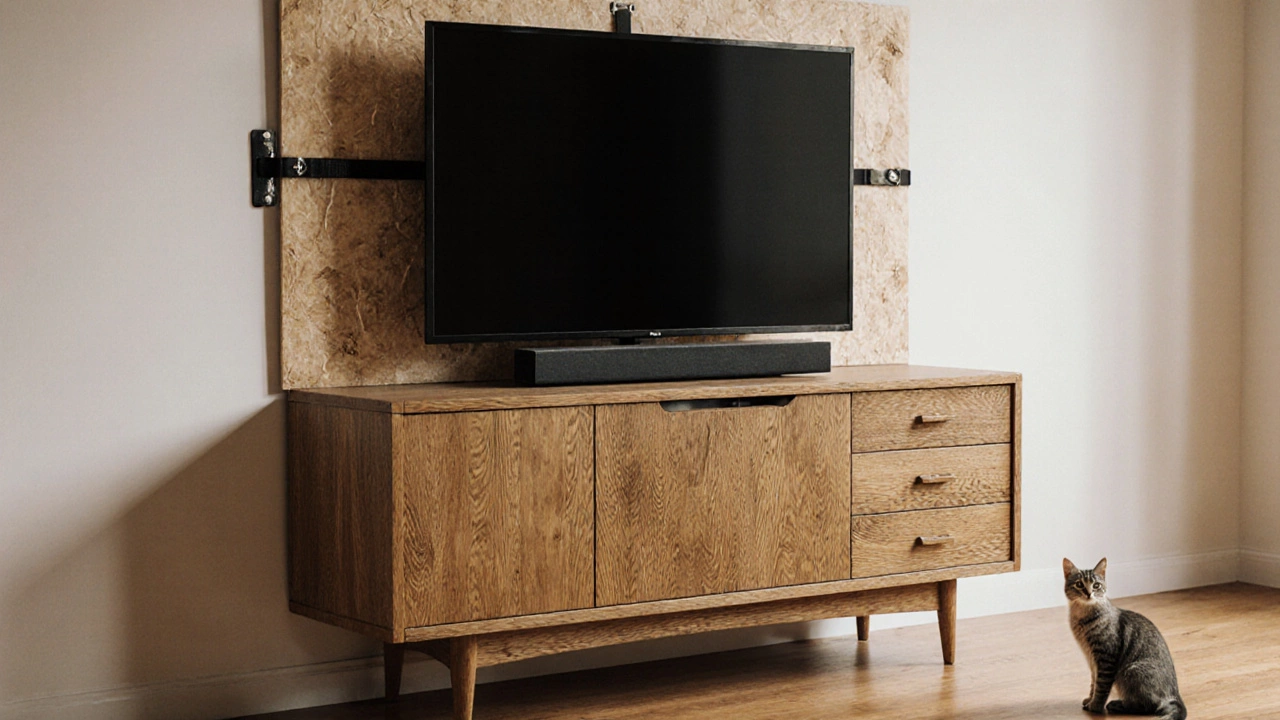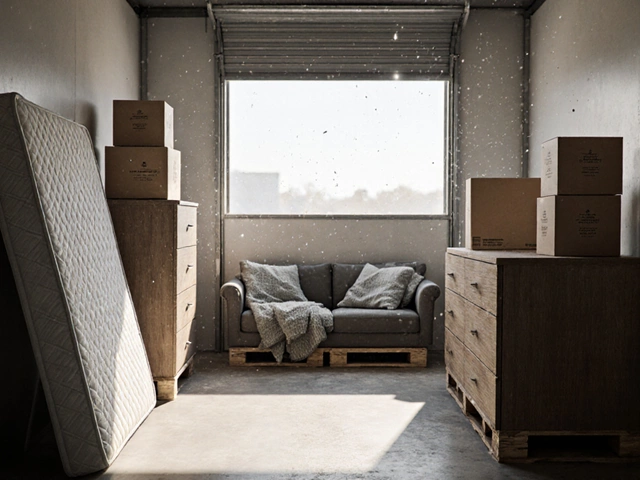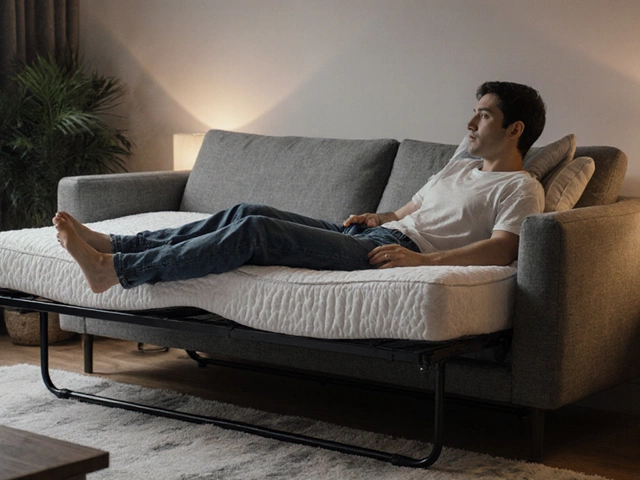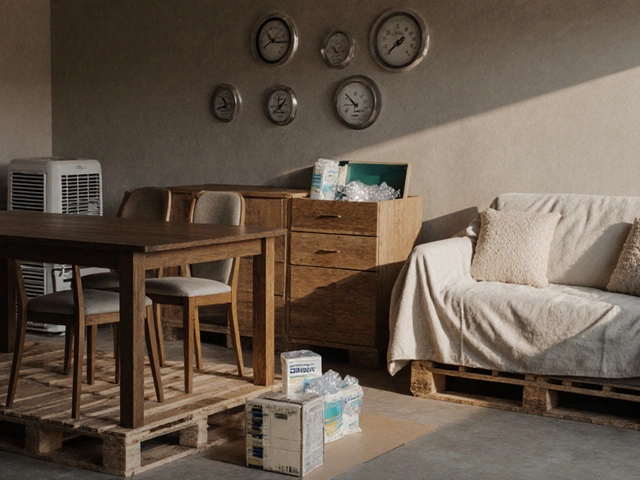Dresser as TV Stand: Smart Ways to Repurpose Furniture
When you use a dresser, a sturdy, drawer-rich piece of furniture originally meant for storing clothes. Also known as a chest of drawers, it’s often overlooked as a potential base for your TV. But a dresser as a TV stand isn’t just a clever hack—it’s a practical upgrade for small spaces, renters, or anyone who wants more storage without buying new furniture. Unlike flimsy TV consoles, a solid dresser gives you room for media devices, game systems, cables, and even books or decor—all while keeping your living room tidy.
A TV stand, a piece of furniture designed to hold a television and related equipment doesn’t need to be bought new. Many people assume it has to be low, narrow, and styled specifically for TVs. But the truth? Any flat, stable surface that’s the right height and width can work. A dresser with a wide top, solid legs, and no wobble checks those boxes. Just make sure the top is long enough to support your TV with a little room on each side—ideally 2 to 4 inches beyond the screen’s edges. And don’t forget weight: a large TV plus a soundbar and streaming box can add up. A well-built dresser from solid wood or thick particleboard handles it fine. You’ll also avoid the clutter of open shelves by using drawers to hide wires, remotes, and extra gear.
People who’ve switched from a traditional TV stand to a dresser often mention how much easier it is to stay organized. One user in Melbourne swapped a narrow console for a vintage wooden dresser and suddenly had space for DVDs, charging cables, and even a small plant—all out of sight. That’s the power of combining function with storage. You’re not just placing a TV on a surface—you’re turning a storage piece into a media hub. And if you’re worried about looks? A fresh coat of paint, new knobs, or even a simple rug underneath can make a dresser look intentional, not improvised. You don’t need to match your sofa or buy a matching set. A slightly mismatched dresser adds character.
Some might say, "What about heat?" TVs give off warmth, and drawers are enclosed. Good point. Just leave the bottom drawer open or install small ventilation holes in the back panel. Most modern TVs don’t overheat unless blocked, but airflow helps. Also, avoid placing heavy speakers or bulky equipment on top of the dresser if it’s already loaded with a big TV. Balance matters. And if you’re moving it around, check the legs—casters can make it easier to clean behind or reposition for movie night.
What you’ll find below are real examples from people who’ve done this exact swap—some with thrifted dressers, others with hand-me-downs or old bedroom furniture. You’ll see how they solved common problems like cable management, height mismatch, and style clashes. There’s no magic formula, but there are clear patterns: what works, what doesn’t, and how to avoid the mistakes most beginners make. Whether you’re renting, remodeling, or just tired of paying for overpriced TV stands, the solutions here are simple, cheap, and surprisingly effective.
Can You Use a Dresser as a TV Stand? Practical Tips and Safety Checks
Using a dresser as a TV stand can work if it's sturdy, wide, and anchored-but most modern dressers aren't safe. Learn how to check stability, avoid risks, and when to buy a proper TV stand instead.





